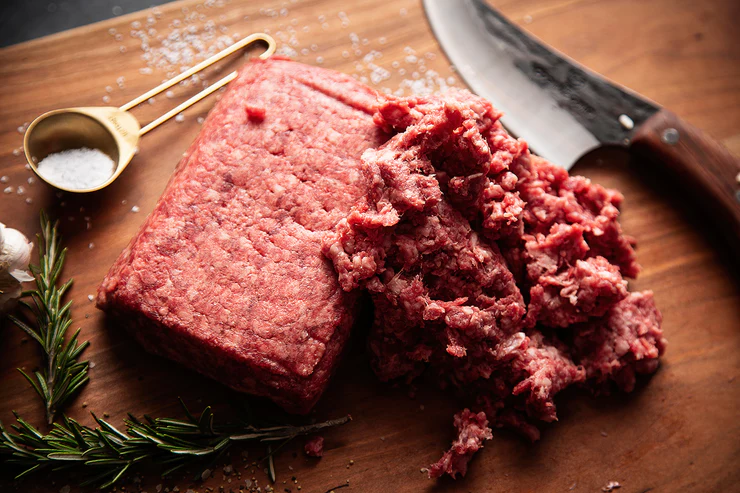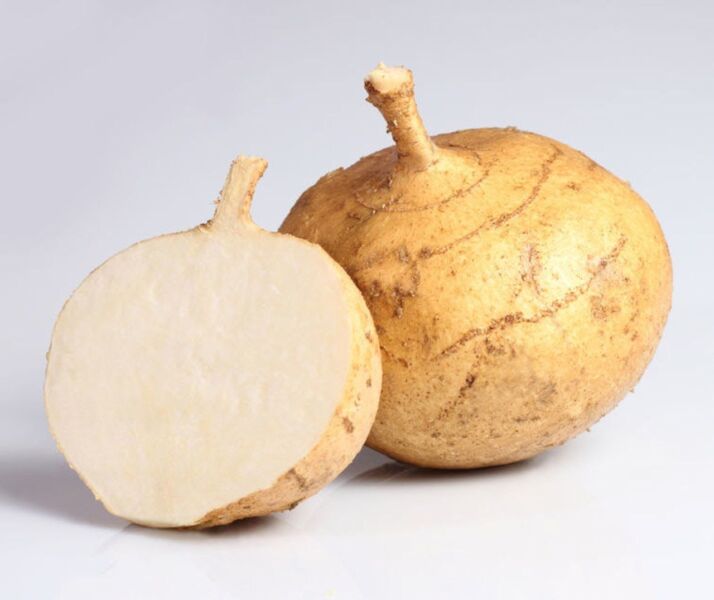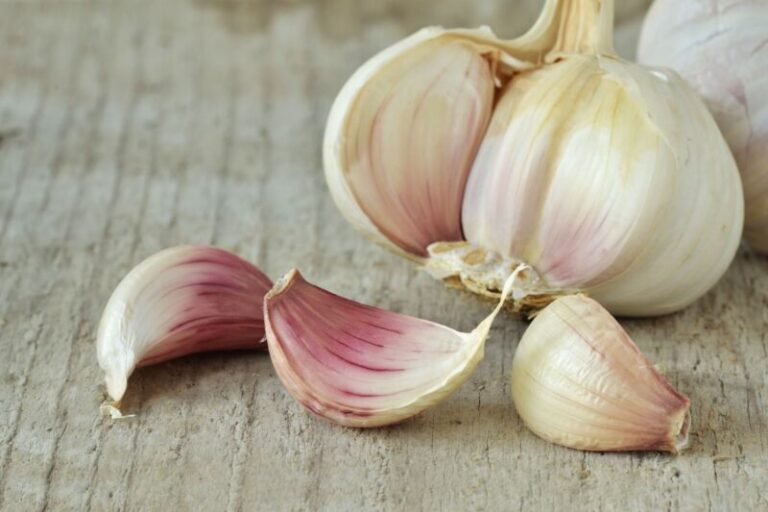How to Store Whole and Cut Avocados?
Are you tired of dealing with overripe or browned avocados? Avocados are a delicious and nutritious fruit, but their short shelf life and sensitivity to air can make them challenging to store.
Whether you’re a guacamole enthusiast, an avocado toast aficionado, or simply enjoy this creamy fruit in your salads, knowing how to store avocados properly is essential to get the most out of their flavor and texture.
In this blog post, we will guide you through the best techniques for storing both whole and cut avocados, as well as debunk some common myths surrounding avocado preservation. Say goodbye to browned avocados and hello to fresh, green goodness!
Understanding Avocado Browning
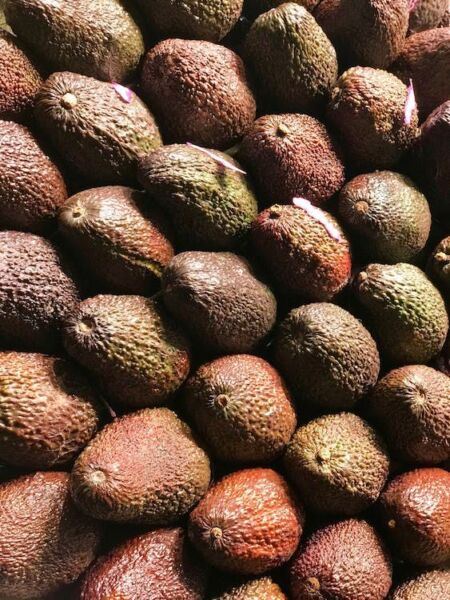
Avocados are a popular and nutritious fruit, known for their creamy texture and rich flavor. However, once cut open, avocados tend to turn brown quickly, which can be unappealing and affect their taste. We will explore the reasons behind this browning phenomenon and discuss alternative methods to slow down the process.
Oxidation process causes browning
The primary reason avocados turn brown is due to a process called oxidation. When the flesh of an avocado is exposed to air, it comes into contact with oxygen. This exposure triggers a chemical reaction involving an enzyme called polyphenol oxidase, which is present in the avocado’s flesh. The enzyme reacts with oxygen and causes the avocado to turn brown. This process is similar to what happens when you cut an apple or a potato and leave it exposed to air.
Similarity to apples and potatoes browning
As mentioned earlier, the browning of avocados is similar to the browning of apples and potatoes. All three of these foods contain the enzyme polyphenol oxidase, which is responsible for the oxidation process. When the flesh of these fruits and vegetables is exposed to oxygen, the enzyme reacts with the oxygen and causes the browning effect. This reaction is a natural defense mechanism for the fruit or vegetable, as it helps protect the exposed flesh from further damage.
Submerging in water not effective for avocados
While submerging cut apples or potatoes in water can help slow down the browning process, this method is not effective for avocados. The reason is that avocados have a higher fat content, which makes it difficult for water to penetrate the flesh and prevent oxidation. Moreover, submerging avocados in water can make them soggy and affect their taste and texture.
Alternative methods to slow down browning
There are several alternative methods to slow down the browning of avocados. One popular method is to brush the cut surface of the avocado with lemon or lime juice. The ascorbic acid (vitamin C) present in citrus fruits acts as a barrier against oxygen, reducing oxidation and delaying the browning process for a few days. This method may add a slightly tangy flavor to the avocado but is effective in keeping it fresh and green.
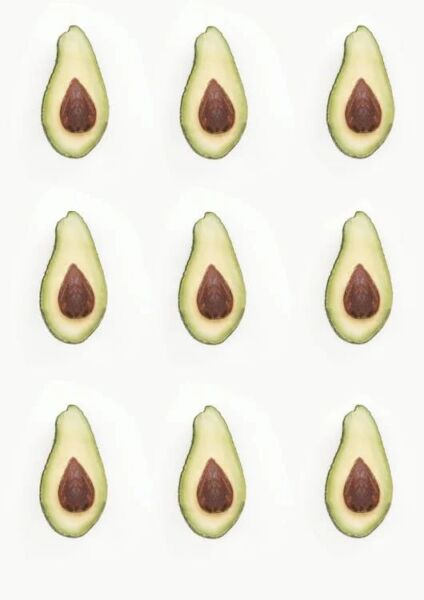
Another method is to store the cut avocado with a piece of chopped onion in an airtight container. Onions contain sulfur compounds that slow down the oxidation process, helping to keep the avocado fresh for several days. The onion’s smell and taste do not seem to transfer to the avocado, making this an effective method for preserving its freshness.
How to Store Cut Avocados
Skin-On Method
Keep skin and pit intact
When storing a cut avocado, it is essential to keep the skin and pit intact on the unused portion. The skin and pit help slow down the oxidation process, which causes browning.
Place plastic wrap directly on flesh
To further prevent browning, place a piece of plastic wrap directly on the exposed avocado flesh. The plastic wrap should be pressed against the surface to minimize air exposure.
Store in the fridge
Place the wrapped avocado half in the refrigerator. The cool temperature will slow down the oxidation process and help maintain the avocado’s freshness.
Stays green for at least two days
Using this method, the cut avocado should stay green for at least two days. Remember to check on it regularly and use it before it starts to brown.

Stored With an Onion Method
Place avocado half in airtight container with sliced onion
For this method, place the cut avocado half in an airtight container along with a few slices of onion. The onion will help slow down the browning process.
Refrigerate
Place the airtight container with the avocado and onion in the refrigerator. The cool temperature will further help maintain the avocado’s freshness.
Onion fumes slow down browning
Onions release sulfur compounds, which slow down the oxidation process in avocados. As a result, the avocado will stay green for a longer period.
Avocado may absorb onion flavor
One downside to this method is that the avocado may absorb some of the onion’s flavor. If you do not mind a slight onion taste in your avocado, this method is worth trying.
Skin-Off Method
Spoon mashed avocado into nonreactive container
For this method, remove the skin and pit from the avocado, then mash the flesh with a fork. Spoon the mashed avocado into a nonreactive container, such as glass or stainless steel.
Place plastic wrap directly on avocado
Press a piece of plastic wrap directly onto the surface of the mashed avocado to minimize air exposure.
Store in the refrigerator
Place the container with the mashed avocado in the refrigerator to maintain its freshness.
Add acid like lemon or lime juice to slow down browning
Adding a small amount of acid, such as lemon or lime juice, to the mashed avocado can help slow down the browning process. The acid inhibits the enzyme responsible for oxidation, thus keeping the avocado green for a longer time.

Long-Term Avocado Storage Options
Pickling avocados
Pickling avocados is a great way to preserve them for an extended period. To pickle avocados, place sliced or diced avocados in a jar with a pickling solution made from vinegar, water, and spices. The pickling process will alter the texture and flavor of the avocados, but they will last for several weeks in the refrigerator.
Freezing avocados
Freezing avocados is another option for long-term storage. To freeze avocados, remove the skin and pit, then mash the flesh with a fork. Add a small amount of lemon or lime juice to prevent browning, then spoon the mixture into an airtight container or freezer-safe plastic bag.
Seal the container or bag tightly, removing as much air as possible. Frozen avocados can be stored for up to six months and are perfect for use in smoothies, guacamole, or other recipes where a smooth texture is desired.
How to Store Whole Avocados

Storing on the Counter for Ripening
Store at room temperature
The best place to store whole, unripe avocados is at room temperature on your kitchen counter or in a fruit basket. This allows the avocados to ripen naturally and evenly.
Proper ripening process
Storing avocados at room temperature ensures that they undergo the proper ripening process. As they ripen, avocados will become softer and more flavorful. To check for ripeness, gently press on the avocado’s skin – it should yield slightly under gentle pressure when ripe.
Avoiding Paper Bags
Traps ethylene gas
While some people recommend storing avocados in a paper bag to speed up the ripening process, this method can lead to overripe fruit. This is because paper bags trap ethylene gas, a natural plant hormone that promotes ripening.
Speeds up ripening process
Trapping ethylene gas in a paper bag can cause the avocado to ripen more quickly than desired. If you want to slow down the ripening process, it’s best to store avocados at room temperature without a paper bag.

Refrigeration for Slowing Down Ripening
Best for ripe or close-to-ripe avocados
If you have avocados that are already ripe or close to being ripe, you can slow down the ripening process by placing them in the refrigerator. The cool temperature will help preserve the avocado’s freshness and prevent it from becoming overripe.
Unripe avocados may have compromised texture and taste
It’s important to note that refrigerating unripe avocados can result in compromised texture and taste. The cold temperature can interfere with the natural ripening process, leading to a less flavorful avocado. Therefore, it’s best to refrigerate avocados only when they are ripe or close to being ripe.
Storing Ripe Avocados in an Airtight Container or Produce Drawer

Whole, uncut avocado storage
For whole, uncut ripe avocados, you can extend their freshness by storing them in an airtight container or the produce drawer of your refrigerator. This will help maintain the avocado’s freshness while preventing it from becoming overripe.
Good for about two weeks
When stored in an airtight container or produce drawer, ripe avocados can last for about two weeks. Be sure to check on them regularly to ensure they remain in good condition. If you notice any signs of spoilage, such as mold or an off smell, discard the avocado immediately.
Debunking Avocado Preservation Myths
Avocados are a popular and nutritious fruit, but they can be challenging to store once cut due to their tendency to brown quickly. There are many tips and tricks circulating on the internet that claim to preserve avocados effectively, but not all of them are as effective as they seem. So, we will debunk some of these myths and reveal the truth behind these methods.
Storing with Olive Oil
Thin layer of oil as a barrier
One common method to preserve avocados is to coat the exposed flesh with a thin layer of olive oil. The idea behind this technique is that the oil will create a barrier between the avocado and the air, preventing oxidation and browning.
Limited effectiveness
While the olive oil method may help slow down the browning process to some extent, it is not a foolproof solution. The oil may not form a complete barrier, allowing some air to reach the avocado and cause browning. Additionally, the oil can alter the taste and texture of the avocado, making it less desirable for some recipes. Therefore, this method has limited effectiveness in preserving avocados.
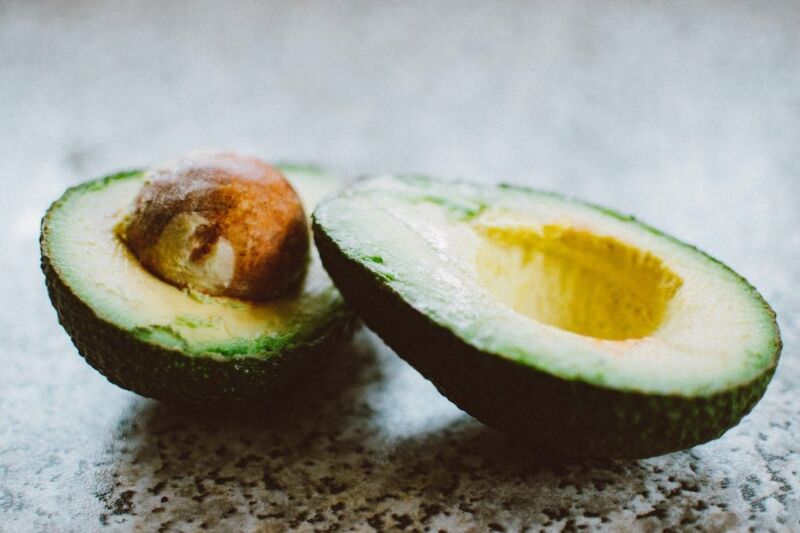
Blanch and Shock Method
Boiling and ice water dunking
The blanch and shock method involves briefly boiling the avocado slices before immediately dunking them into ice water. This technique is often used for vegetables to preserve their color and texture, and some people claim it can also work for avocados.
Alters taste and texture negatively
While the blanch and shock method may help preserve the color of avocados, it can negatively impact their taste and texture. The heat from boiling can cause the avocado to become mushy and lose its creamy consistency, while the cold shock may alter the taste. Consequently, this method is not recommended for preserving avocados, as it can compromise their quality.
Mashed Avocado with the Pit
Pit in guacamole
Another popular myth is that placing the avocado pit in a bowl of guacamole or mashed avocado can prevent browning. The theory behind this method is that the pit will help absorb the oxygen and slow down the oxidation process.
Limited effectiveness in preventing browning
The truth is that the pit has little to no impact on preventing browning in mashed avocado. The pit’s effectiveness in slowing down oxidation is limited to the area immediately surrounding it, leaving the rest of the avocado exposed to air and susceptible to browning. A more effective method to prevent browning in mashed avocado is to cover the surface with plastic wrap, pressing it directly onto the avocado to minimize air exposure.
FAQs
How do you store half an avocado with or without pit?
To store half an avocado with the pit, simply place plastic wrap directly on the exposed flesh, ensuring that it adheres tightly to minimize air exposure, and store it in the refrigerator. If you have half an avocado without the pit, you can store it in an airtight container with a sliced onion, which helps slow down the browning process.
How long can you store cut avocado in the fridge?
Cut avocados can be stored in the fridge for up to two days, depending on the method used to store them.
What to do if avocado is cut in half but not ripe?
If you have cut an avocado in half and it’s not ripe yet, you can wrap the halves tightly in plastic wrap and place them in a paper bag to expedite the ripening process. Check on the avocado halves daily to monitor their ripeness.
What to do if half an avocado is not ripe?
If half of an avocado is not ripe, you can follow the same method mentioned above: wrap the unripe half tightly in plastic wrap, place it in a paper bag, and check on it daily until it reaches the desired ripeness.
